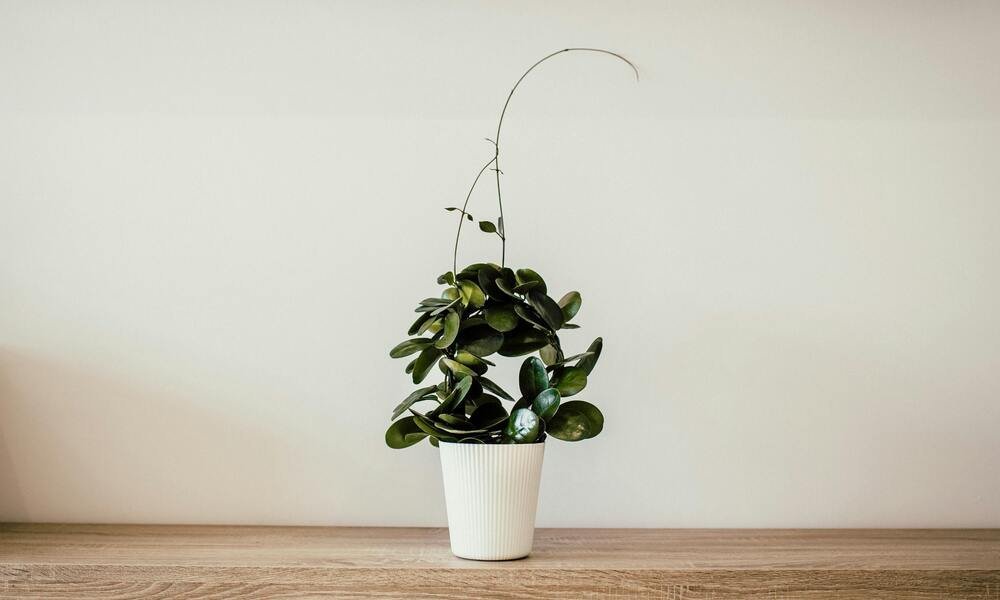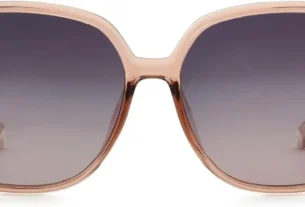Minimalism has gained significant traction in recent years, transforming from a niche lifestyle to a widespread movement embraced by people seeking simplicity and clarity in their lives. But what exactly is minimalism, and how can beginners start their journey toward a minimalist lifestyle? This guide will explore the essence of minimalism, its benefits, and practical steps for beginners.
Understanding Minimalism
At its core, minimalism is a lifestyle that emphasizes the intentional use of resources and the elimination of excess. It’s about focusing on what truly matters and removing distractions that detract from your well-being. Minimalism isn’t just about decluttering your physical space; it’s also about simplifying your digital life, finances, and even your relationships.
Minimalism is often misunderstood as a rigid lifestyle where individuals must live with only a handful of items. However, minimalism is subjective and can vary significantly from person to person. For some, it may mean owning only essential items, while for others, it could involve reducing their commitments or digital footprint.
The Benefits of Minimalism
- Reduced Stress and Anxiety: A cluttered space can contribute to mental clutter. By removing unnecessary items and focusing on what’s essential, you create a more serene environment, which can help reduce stress and anxiety.
- Increased Focus and Productivity: With fewer distractions, you can concentrate better on tasks that are important to you. Minimalism encourages mindfulness and intentional living, which can boost your productivity.
- Financial Freedom: Minimalism often leads to more mindful spending. By prioritizing needs over wants, you can save money, reduce debt, and achieve financial stability.
- Environmental Impact: By consuming less, you contribute to a decrease in demand for resources, which can positively impact the environment. Minimalism promotes sustainability and responsible consumption.
- Enhanced Relationships: Minimalism encourages you to focus on meaningful relationships. By reducing commitments and distractions, you can spend more quality time with loved ones.
Getting Started with Minimalism

Embarking on a minimalist journey can seem daunting, but it doesn’t have to be. Here are some practical steps to help you get started:
- Define Your Why
Understanding why you want to adopt a minimalist lifestyle is crucial. Take some time to reflect on your motivations. Are you seeking more peace, financial freedom, or a more meaningful life? Your reasons will guide your decisions and keep you motivated.
- Start Small
You don’t have to declutter your entire home in one go. Begin with a small area, such as a drawer or a closet. Assess each item and ask yourself if it adds value to your life. If it doesn’t, consider letting it go.
- One-In, One-Out Rule
To prevent new clutter from accumulating, adopt the one-in, one-out rule. For every new item you bring into your home, let go of an existing one. This practice helps maintain a balance and ensures you’re only surrounded by things you truly need.
- Declutter Ruthlessly
When decluttering, be ruthless. It’s easy to get emotionally attached to items, but remember that minimalism is about prioritizing what’s essential. If you haven’t used something in the past year, it’s likely you don’t need it.
- Digital Decluttering
Minimalism isn’t just about physical possessions. Apply the same principles to your digital life. Organize your files, delete unnecessary emails, and limit your time on social media. A clean digital space can contribute to a clearer mind.
- Mindful Consumption
Before making a purchase, ask yourself if it’s something you truly need. Avoid impulse buying by taking a moment to consider if the item aligns with your minimalist goals. Over time, you’ll develop more mindful spending habits.
- Simplify Your Schedule
Minimalism also applies to how you spend your time. Assess your commitments and determine which activities truly add value to your life. Learn to say no to obligations that don’t align with your priorities.
- Quality Over Quantity
When you do make purchases, opt for quality over quantity. Investing in well-made, durable items can reduce the need for frequent replacements, ultimately saving you money and reducing waste.
- Create a Capsule Wardrobe
A capsule wardrobe is a curated collection of clothing that you love and wear regularly. By reducing your wardrobe to versatile, high-quality pieces, you simplify your daily choices and reduce decision fatigue.
- Embrace Experiences Over Things
Minimalism encourages valuing experiences over material possessions. Instead of buying more stuff, invest in experiences that create lasting memories and enrich your life.
Minimalism in Different Aspects of Life
Minimalism isn’t limited to decluttering your home. It can be applied to various aspects of life, each contributing to a more intentional and fulfilling existence.
- Minimalist Finances
Adopting a minimalist approach to your finances involves mindful spending, budgeting, and saving. Focus on eliminating debt and building an emergency fund. Simplify your financial goals and prioritize what truly matters, such as retirement savings or experiences that enhance your life.
- Minimalist Diet
A minimalist diet emphasizes simplicity and whole foods. Instead of complicated recipes and processed foods, opt for nutritious, easy-to-prepare meals. This not only benefits your health but also reduces time and stress related to meal planning.
- Minimalist Home
Creating a minimalist home involves more than just decluttering. It’s about designing a space that fosters peace and productivity. Choose functional, versatile furniture and decor that serves a purpose. Keep surfaces clear and maintain a clutter-free environment.
- Minimalist Relationships
Evaluate your relationships and focus on those that add value to your life. Surround yourself with positive influences and let go of toxic or draining relationships. Prioritize quality time with loved ones and cultivate meaningful connections.
- Minimalist Travel
Traveling as a minimalist involves packing light and focusing on experiences rather than souvenirs. Plan trips that align with your interests and values, and avoid over-scheduling. Embrace the local culture and prioritize sustainable travel practices.
Challenges and How to Overcome Them
Adopting a minimalist lifestyle isn’t without its challenges. Here are some common obstacles and tips for overcoming them:
- Emotional Attachment
Letting go of items with sentimental value can be difficult. Start by keeping a few meaningful pieces and gradually reduce over time. Take photos of items before letting them go to preserve the memories.
- Fear of Missing Out (FOMO)
The fear of missing out can lead to over-committing and accumulating unnecessary items. Remind yourself of your minimalist goals and the benefits of a simpler life. Focus on what truly brings you joy and fulfillment.
- Social Pressure
Friends and family may not understand your minimalist lifestyle and may even pressure you to conform to societal norms. Communicate your reasons and the benefits you’ve experienced. Lead by example and stay true to your values.
- Maintaining Minimalism
Minimalism is an ongoing process, not a one-time event. Regularly assess your belongings and commitments to ensure they align with your goals. Stay mindful of your consumption habits and continue to prioritize what’s essential.
- Balancing Minimalism and Practicality
It’s important to strike a balance between minimalism and practicality. Don’t deprive yourself of items or experiences that genuinely add value to your life. Minimalism is about intentional living, not deprivation.
Minimalism and Mental Health
The impact of minimalism on mental health cannot be overstated. A clutter-free environment can lead to a clutter-free mind. By eliminating distractions and focusing on what truly matters, you create space for mental clarity and emotional well-being.
Minimalism encourages mindfulness, which can reduce stress and anxiety. It promotes a sense of control and empowerment, as you actively choose what to keep and what to let go. By simplifying your life, you can focus on self-care, personal growth, and meaningful relationships.
In conclusion, Minimalism is more than just a trend; it’s a lifestyle choice that can lead to greater peace, happiness, and fulfillment. By intentionally focusing on what truly matters and eliminating excess, you create space for a more meaningful and intentional life. Whether you’re just starting or looking to deepen your minimalist journey, remember that minimalism is personal and subjective. Find what works for you, stay mindful of your goals, and enjoy the benefits of a simpler, more intentional life.
FAQs About Minimalism
1. What is the main goal of minimalism?
The primary goal of minimalism is to focus on what truly matters by eliminating excess and unnecessary items from your life. This involves creating a more intentional, purposeful lifestyle that prioritizes well-being, mental clarity, and meaningful experiences over material possessions.
2. Do I have to get rid of all my belongings to be a minimalist?
No, minimalism is not about living with as few items as possible. It’s about removing the excess and keeping what adds value to your life. The amount of belongings you keep will vary based on your personal needs and preferences.
3. How can minimalism improve my mental health?
Minimalism can improve mental health by reducing stress and anxiety associated with clutter and excess. A clean, organized space can lead to a clearer mind, better focus, and a sense of calm. Additionally, minimalism encourages mindfulness and intentional living, which can enhance overall well-being.
4. Is minimalism only about decluttering physical spaces?
No, minimalism extends beyond physical decluttering. It encompasses various aspects of life, including digital spaces, finances, relationships, and time management. The goal is to simplify and prioritize what’s truly important in all areas of your life.
5. How can I maintain a minimalist lifestyle?
Maintaining a minimalist lifestyle involves regular reassessment of your possessions and commitments. Practice mindful consumption, adopt the one-in, one-out rule, and periodically declutter your space. Stay focused on your minimalist goals and continue prioritizing what adds value to your life.
6. Can minimalism help me save money?
Yes, minimalism can lead to financial savings by promoting mindful spending and reducing impulse purchases. By focusing on needs over wants, you can avoid accumulating unnecessary items and save money for more meaningful experiences or financial goals.




